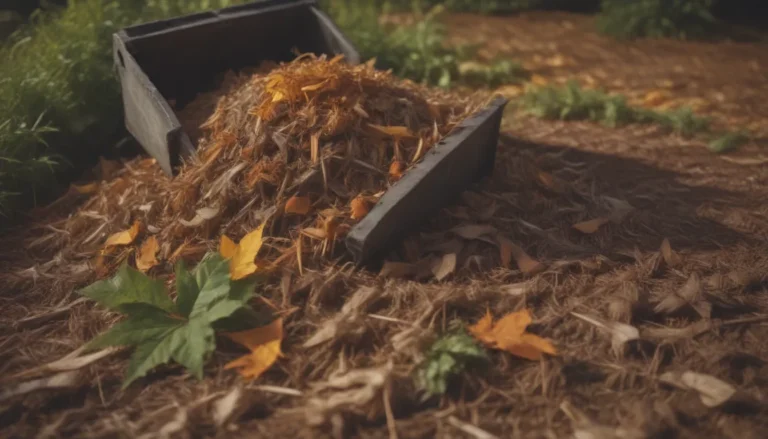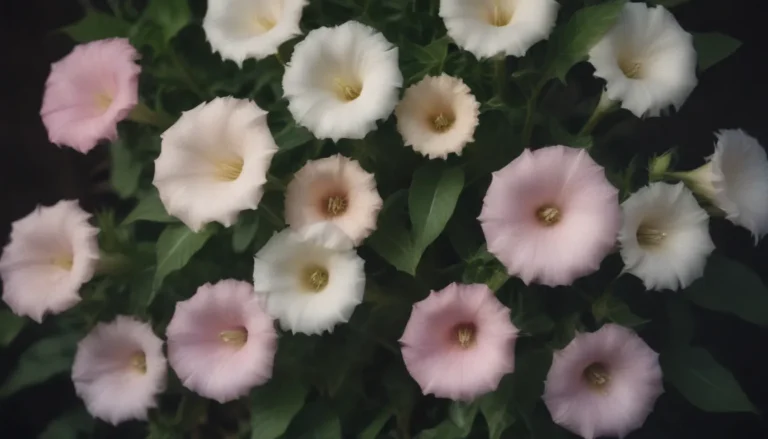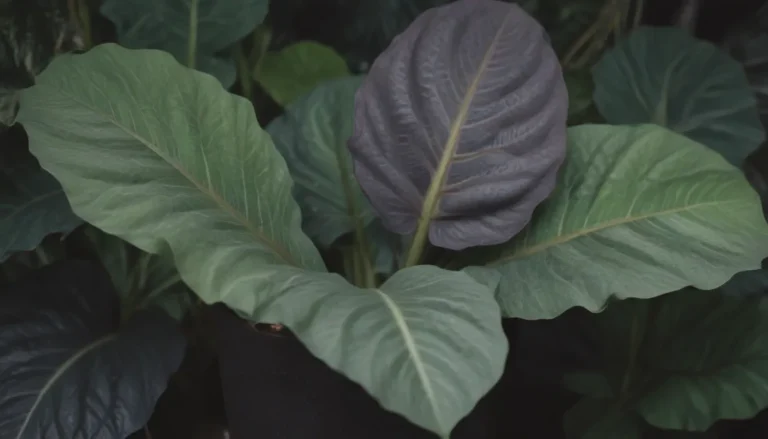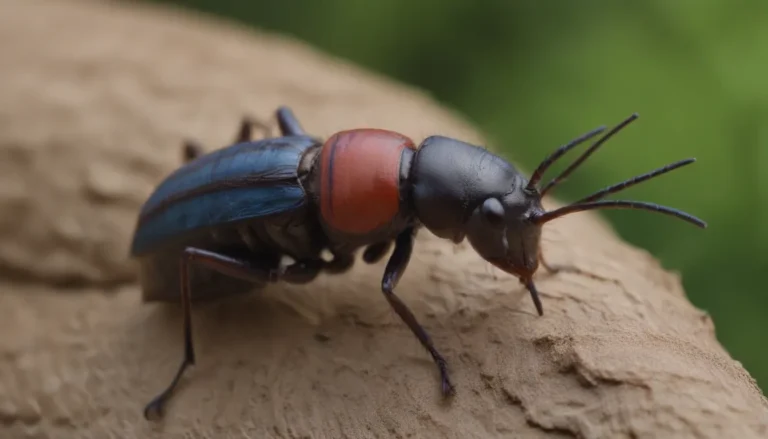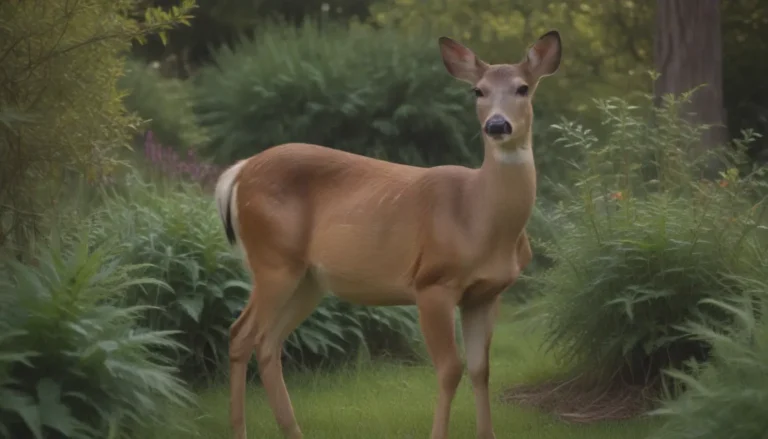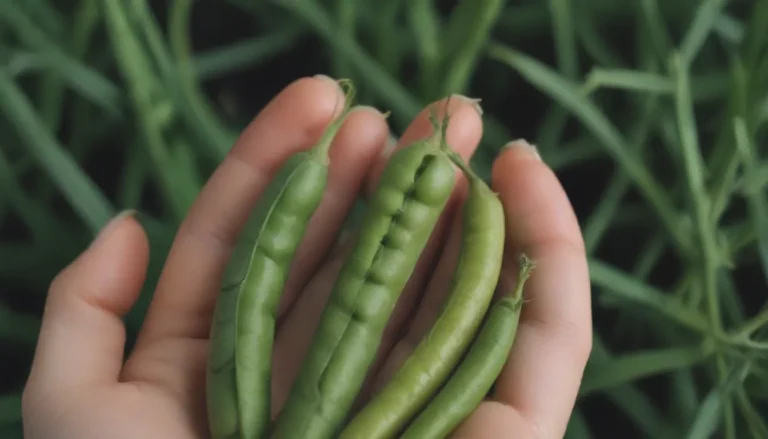Comprehensive Guide to Growing and Caring for Raspberry Bushes in Your Home Garden
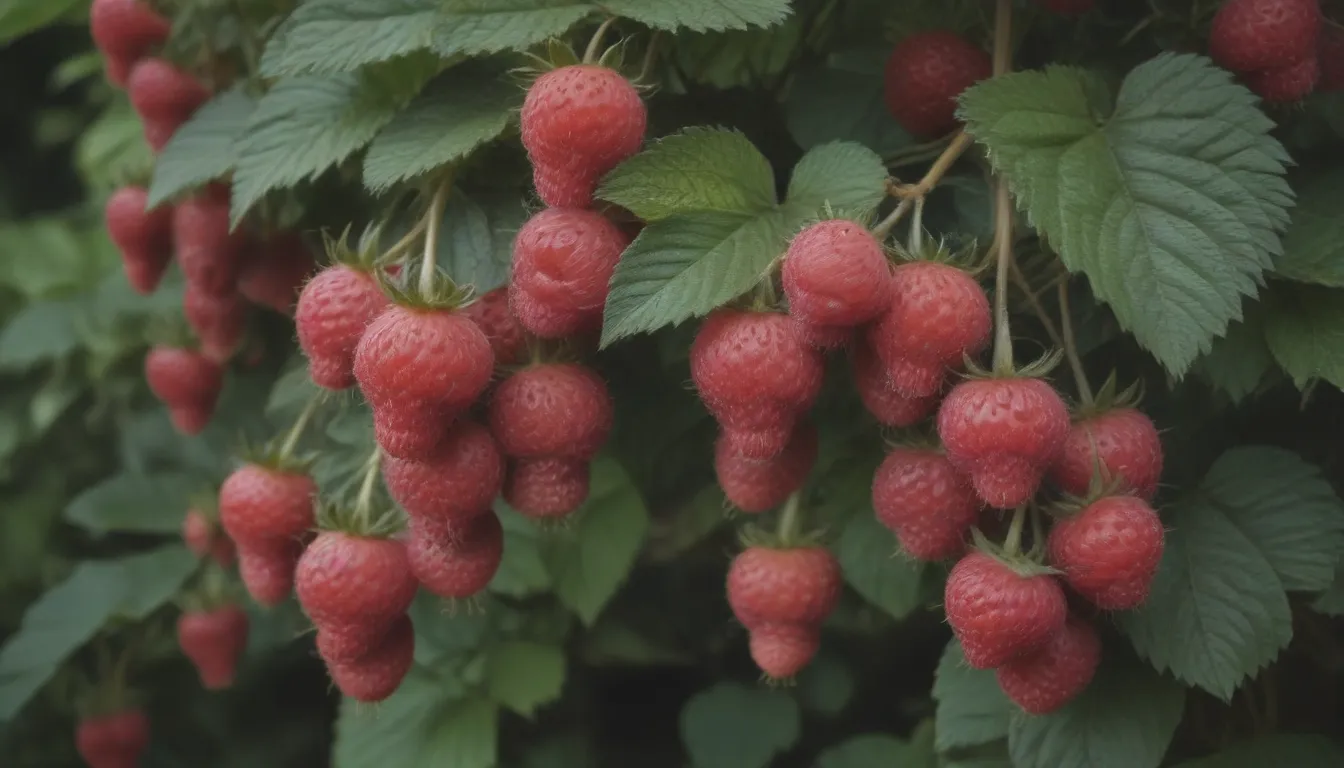
Welcome to our in-depth guide on how to grow and care for raspberry bushes in your home garden. Raspberries, also known as Rubus idaeus, are beloved for producing soft, red jewels of fruit. Though they may seem thorny and intimidating, these bushes are entirely manageable in a garden setting. In this article, we’ll explore everything you need to know to successfully cultivate and maintain healthy raspberry plants in your own backyard.
Planting Raspberries
Raspberry bushes can add a beautiful and fruitful touch to your garden. Here’s how to plant them:
Timing
Plant raspberries in early spring, after the last frost date in your zone has passed. In milder climates, planting in the fall is also an option.
Selecting a Planting Site
Choose the sunniest area of your garden for your raspberry bushes. While they can tolerate partial shade, they thrive in full sun. Ensure there is ample space for the plants to spread out and support structures like stakes or trellises.
Spacing, Depth, and Support
Leave 18 inches between each cane when planting or sowing seeds. Plant the seeds 2 to 3 inches deep. Consider installing trellises or stakes for support, especially for larger rows of raspberry plants.
Raspberry Bush Care
Raspberry bushes have specific care requirements to help them thrive:
Light
Provide raspberries with 6 to 8 hours of sunlight each day for optimal growth.
Soil
Raspberries prefer nutrient-dense, well-draining soil. Amend the soil with compost, manure, and additives like sulfur and lime to adjust the pH to 5.5 to 6.5.
Water
Water raspberries regularly, providing about an inch of water per week. Avoid wetting the fruit and leaves to prevent disease.
Temperature and Humidity
Raspberries prefer cool to mild temperatures but there are varieties that can handle hot summers as well.
Fertilizer
Apply slow-release fertilizer with nitrogen in early spring, about two weeks after planting, to support healthy growth.
Pollination
Raspberries are self-pollinators, but having pollinators like honeybees around can enhance fruit production. Pollination is crucial for proper berry formation.
Types of Raspberry Plants
- ‘Amity’
- ‘Boyne’
- ‘Heritage’
- ‘Willamette’
- ‘Nova’
Primocane-Bearing vs. Floricane-Bearing Raspberries
Understanding the differences between primocane-bearing and floricane-bearing raspberries is essential for harvesting, pruning, and winter care:
- Primocane-Bearing Raspberries
- Produce fruit in the first year
- Fruit is harvested in the summer and fall
- Floricane-Bearing Raspberries
- Do not produce fruit in the first year
Harvesting Raspberries
Harvest ripe raspberries by gently twisting or tugging the berry off the cane. Ripe berries will be fully saturated with color, such as bright red, yellow, or purple.
Growing Raspberries in Pots
Raspberries can also be grown in pots. Select smaller varieties and ensure the containers have proper drainage and are placed in a sunny, sheltered spot.
Pruning
Prune raspberry bushes in early spring to remove dead or diseased canes and promote healthy growth.
Propagating Raspberries
Propagate raspberries through suckers or cane cuttings to expand your raspberry patch.
Overwintering
In winter, prune raspberry bushes and ensure they have adequate mulch for temperature regulation. Raspberry bushes are resilient to cold weather.
Common Pests and Plant Diseases
Protect raspberry bushes from pests like Japanese beetles and diseases such as powdery mildew through proper care, pruning, and using preventative measures like sprays and nets.
Gardening enthusiasts who provide the right conditions of sunlight, water, soil, and support will enjoy healthy raspberry plants that produce fruit for years. With the correct care, raspberry bushes can thrive and provide delicious berries for up to 10 years, and sometimes even up to 20 years.
Remember, while growing raspberries indoors is possible, they thrive best in outdoor garden settings where they can benefit from natural pollination and sunlight. If you’re interested in a more personalized soil testing report for your raspberry bushes, Cornell College of Agriculture and Life Sciences offers valuable resources for optimizing your soil health.
With these tips and knowledge on how to grow and care for raspberry bushes, you’ll be on your way to a successful and fruitful harvest in your home garden. Happy gardening!
Want more gardening tips? Sign up for our free gardening newsletter for our best-growing tips, troubleshooting hacks, and more!
